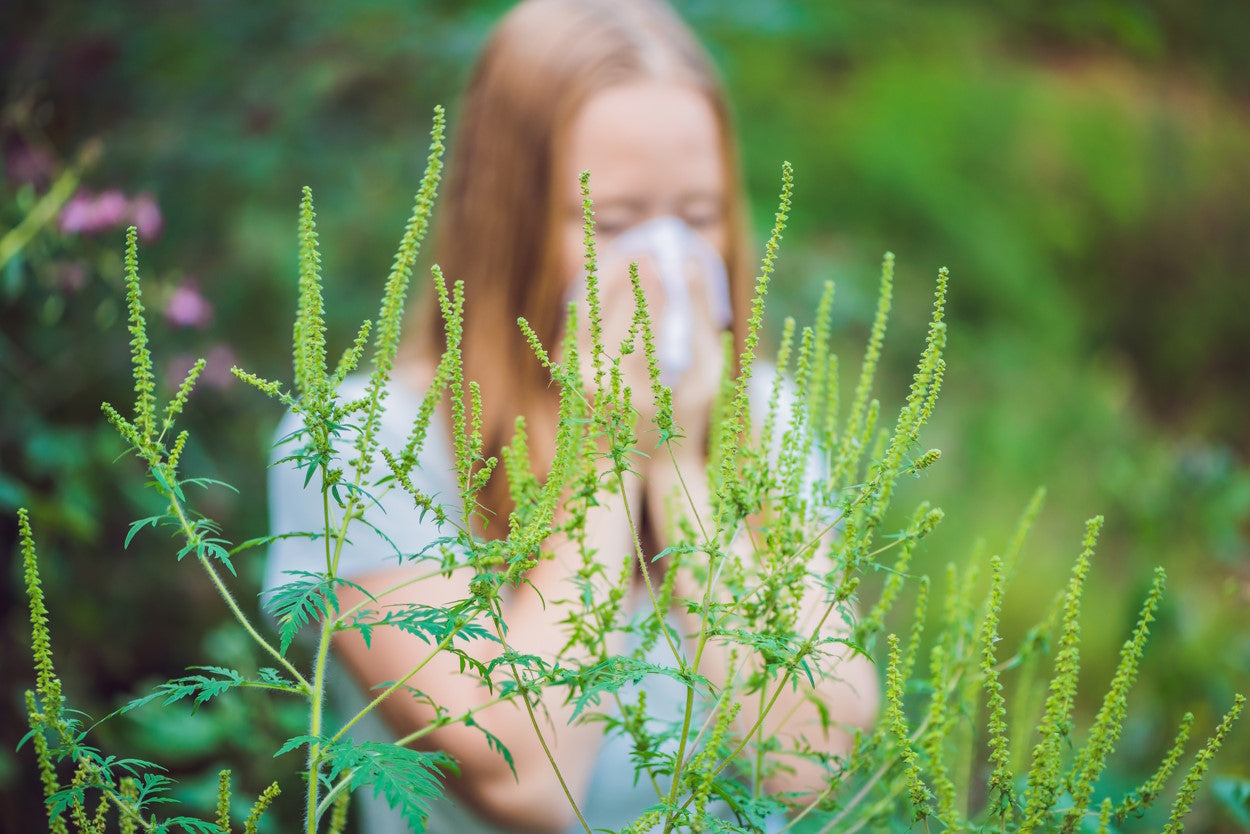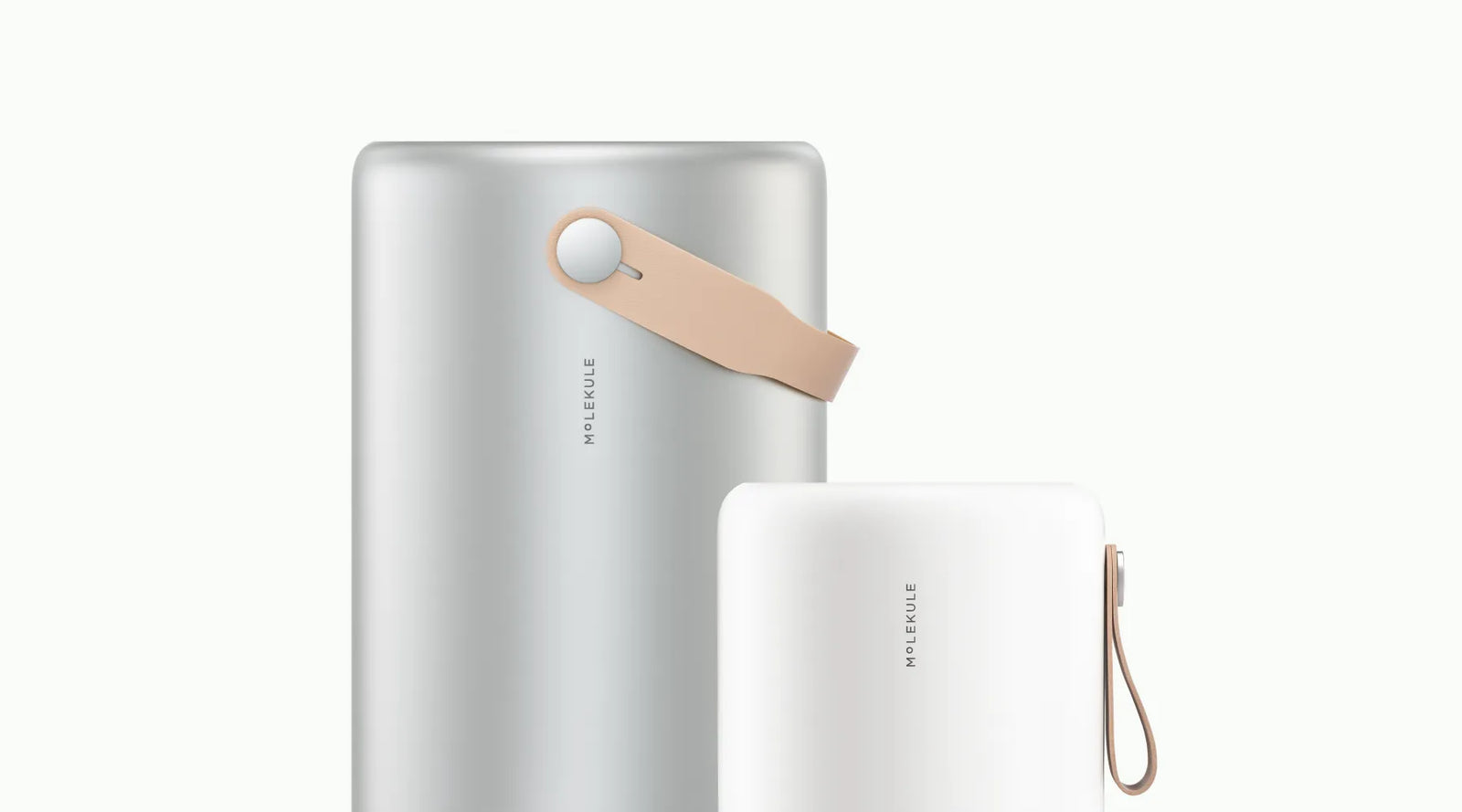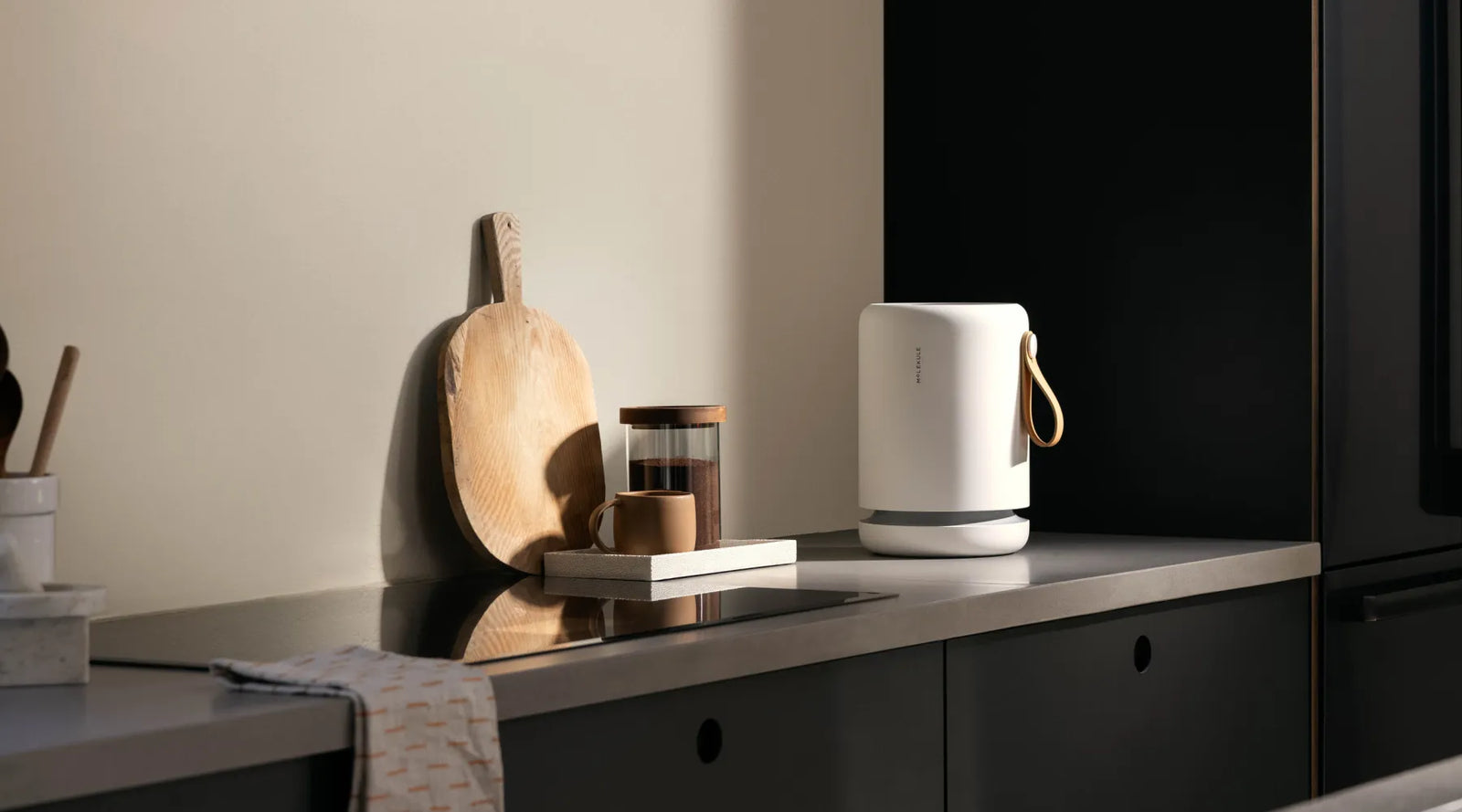Autumn is in the air. But so are fall allergies (or “fallergies” as we affectionately call them).Trees, grasses, weeds, and pollen can wreak havoc on our autumn fun. Among them is Ragweed, a common North American plant whose pollen packs a punch when it comes to allergy triggers.
We sat down with Dr. Sam Ahn, a leading allergist at North Bay Allergy & Asthma Associates in Napa, California, to talk about everything ragweed-related. So, if the thought of pollen makes your eyes well up, sit down with your pumpkin spice, and get ready for some education and advice that could help reduce your allergies this season.

Tell us a little bit about yourself, Dr. Ahn.
My expertise is in allergies and immunology. I have an MD from Harvard Medical School, along with certifications in Internal Medicine and Allergy & Immunology. During my career, I’ve contributed to research on allergies, food allergies, and immune deficiencies. I help patients understand and manage allergies, which includes Ragweed.
What is ragweed?
Ragweed is a common weed found throughout North America, known for releasing pollen that triggers allergic reactions in many people.
What are the symptoms of a ragweed allergy?
Ragweed allergies can manifest in many different ways. Common symptoms of ragweed allergies include nasal congestion, sneezing, runny nose, post-nasal drainage, itchy, watery eyes, and fatigue. Sometimes, allergies can cause asthma symptoms, such as cough, wheezing, and chest tightness, making it essential to recognize the signs.
Where is ragweed most prevalent?
Ragweed is most commonly found in rural areas of the United States and Canada, although it can be found in urban areas like cities as well. It thrives in open spaces, making it common in fields, gardens, and along roadsides.

Why are ragweed allergies especially high during this time of year?
Ragweed pollen levels typically peak in late summer and early fall, from August to September. This is when the plant releases the most pollen into the air, leading to heightened allergy symptoms.
Who is most susceptible?
Anyone can develop a ragweed allergy, but genetic factors play a role. Individuals with a family history of allergies are more likely to be affected.
Managing ragweed allergies involves a combination of strategies, including medication and controlling your surroundings:
- Medications: Over-the-counter or prescription antihistamines, decongestants, and nasal corticosteroids can provide relief.
- Environmental Control Measures: air purifiers, like MolekuleAir Mini+ orAir Pro devices can reduce the number of allergens in the air. Keeping windows and doors shut during peak ragweed pollen season can reduce the number of allergens that sneak in from outdoors. Showering after spending any significant amount of time outdoors can reduce prolonged exposure from pollen that may have gotten on your skin or clothes.
How can an air purifier help with ragweed allergies?
If you're looking for effective ways to combat ragweed pollen in the air, an air purifier can be a valuable addition to your allergy management toolkit. But keep in mind which purifier you purchase—many purifiers have HEPA filtration which captures allergens in the air, and that’s great. But Molekule air purifiers have advanced technology that goes beyond traditional HEPA filters, using Photo Electrochemical Oxidation (PECO) to actually destroy airborne allergens, including ragweed pollen.Not only that, but you can use FSA or HSA dollars to purchase Molekule air purifiers.
Do ragweed allergies have interactions with other conditions?
Ragweed allergies can exacerbate respiratory conditions like asthma and increase susceptibility to respiratory infections. It's essential for people with these conditions to manage their allergies effectively.
Are there immunotherapies for ragweed allergy?
There are very effective immunotherapies available for treating ragweed allergies.
-
Subcutaneous Immunotherapy: This involves injections of standardized ragweed extract at a maintenance dose of once a month for several continuous years.
-
Sublingual Immunotherapy: This method entails placing a dissolvable standardized ragweed tablet under the tongue once a day. Typically, it's started a few months before the start of the ragweed season and discontinued after the season.
These are good options if conventional therapies are either ineffective or not tolerated well. Both methods rely on immune desensitization to ragweed antigens.
Start managing your allergies early.
While ragweed allergies are common, you can find relief with management and guidance from experts like Dr. Sam Ahn. Remember that it's always advisable to consult with an allergist for personalized advice on managing allergies and exploring treatment options.
We want to extend our gratitude to Dr. Ahn for the information and expertise on allergies. And we hope all of you fall-lovers find some relief and some crunchy leaves to step on this season. Remember tofollow us on Instagram for more tips and insights about air quality, and most of all—Stay well!
Learn more about Dr. Sam Ahn's practice here, or if you want to meet him in person, you can visit his clinic at
North Bay Allergy & Asthma Associates
1100 Pear Tree Lane, Napa, CA 94558
Dr. Ahn is part of our physician program. Are you an professional with a passion for air quality and helping people? Click here to learn more about our physician program or contact us at allergy@molekule.com.
Disclaimer: The information provided in this blog is for educational purposes only and should not be considered a substitute for professional medical advice. Please consult with a healthcare provider or allergist for personalized guidance on managing allergies.












